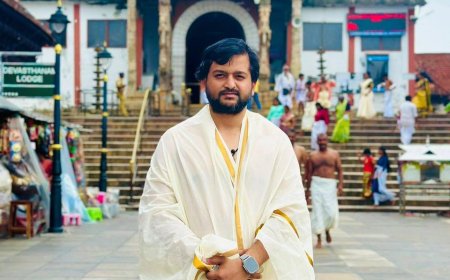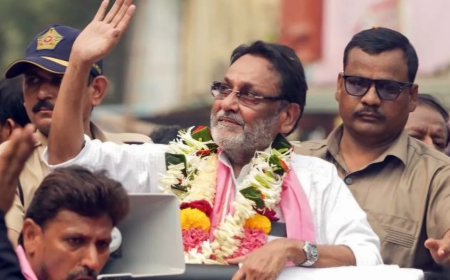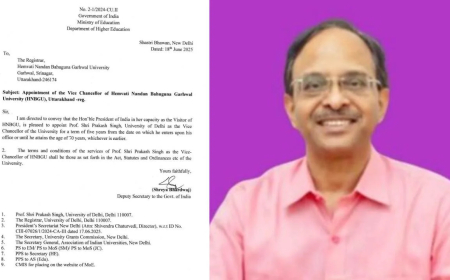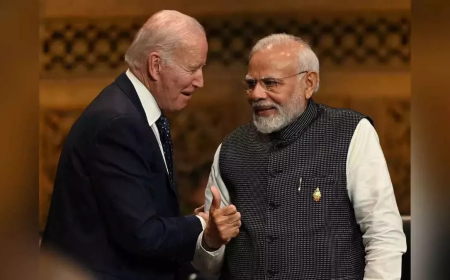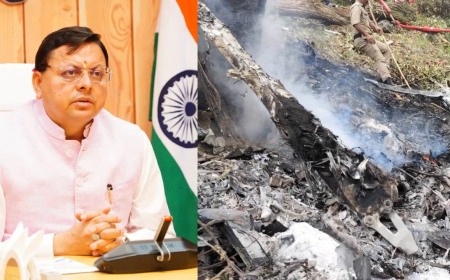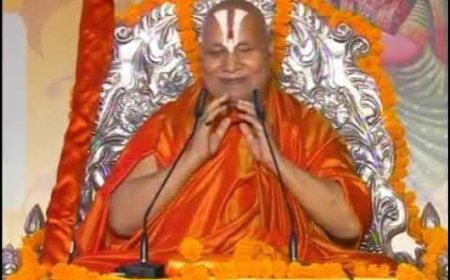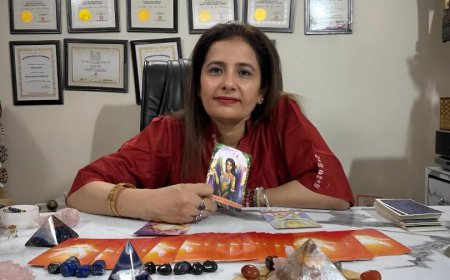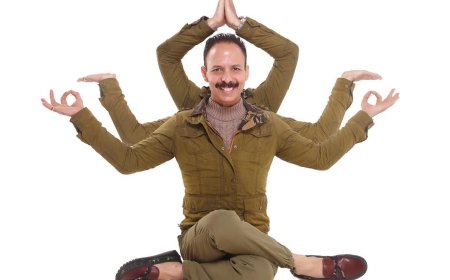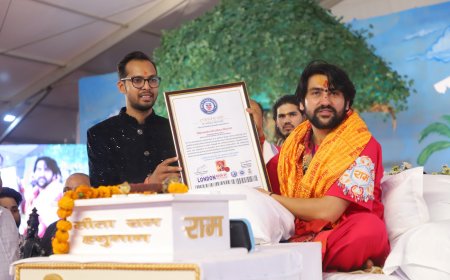The Hidden Astrological Power of Navratri: Colours, Chakras, and Cosmic Alignment
Astrologer and healer Ashutosh Clairvoyant decodes how Navratri colours, fasting, and rituals align with planetary energies, chakras, and spiritual transformation — turning nine nights into a journey of inner balance and cosmic connection.
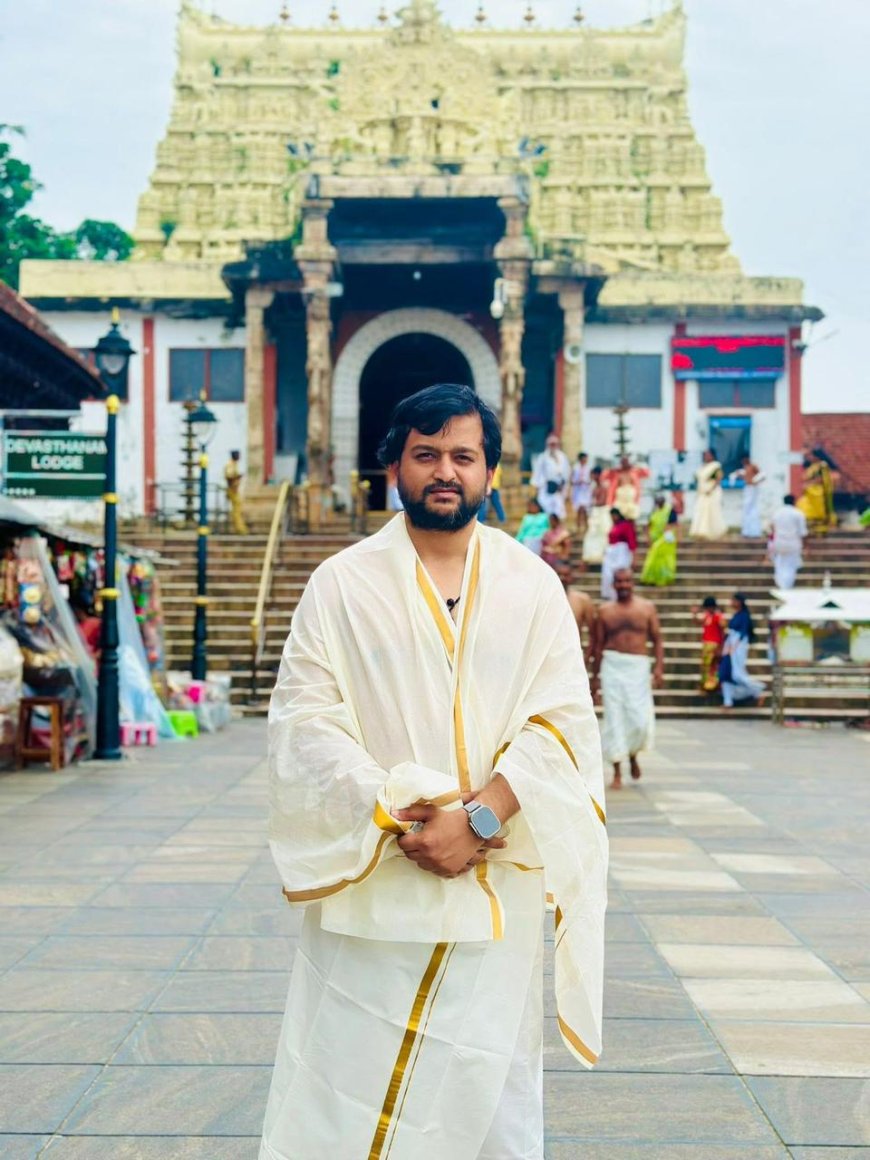
Navratri is often celebrated with music, dance, devotion, and colour — but as astrologer, numerologist, and healer Ashutosh Clairvoyant reminds us, this festival is also a deeply cosmic event. Running from 22nd September to 1st October 2025, these nine nights are not just a calendar ritual but a spiritual realignment, an opportunity to tune our lives to a higher frequency. “Navratri is not only about worshipping the Goddess in her nine forms but also about attuning ourselves to cosmic energies,” Ashutosh explains. “The planets, colours, chakras, and rituals of this time form a bridge between the outer celebration and inner transformation.”
Central to this transformation is the concept of colour therapy, something that Indian traditions have embraced for centuries. According to Ashutosh, each of the nine days of Navratri corresponds to a planet in Vedic astrology, and therefore to a specific colour vibration. The Sun’s fiery red or orange awakens courage and vitality, the Moon’s white invites emotional peace, and Mercury’s green helps open communication and foster harmony. Jupiter radiates with yellow, bringing prosperity and wisdom, while Venus softens the aura with white or pink, amplifying beauty and love. Saturn, with its blue or black, asks for discipline and perseverance, while Rahu and Ketu’s grey energy reminds us of karmic lessons and detachment.
“These colours don’t just please the Goddess—they also activate the chakras within us,” Ashutosh points out. The red of the root chakra grounds us in stability, green strengthens the heart chakra with love and compassion, and white aligns the crown chakra, opening the door to divine wisdom. By consciously dressing in the day’s colour, decorating homes with matching flowers and rangolis, offering coloured fruits or sweets, and even visualising the hue in meditation, devotees strengthen their aura and harmonise with planetary energy.
Ashutosh believes that such practices turn Navratri into a complete energy ritual. “This is more than tradition—it is an encoded energy process that balances body, mind, and spirit,” he says. The ritualistic aspect of fasting, too, is part of this realignment. On a physical level, fasting gives the digestive system a rest, calming the mind and making mantra chanting or meditation more effective. On a psychological level, it breaks habitual patterns of indulgence, resetting the body’s rhythm. And on a spiritual level, fasting on days associated with specific planets — like Thursdays for Jupiter or Fridays for Venus — can help strengthen or pacify planetary influences in one’s natal chart.
“Fasting during Navratri is not punishment—it is purification,” Ashutosh emphasises. “It realigns our habits with higher intention and opens us to the blessings of the Goddess.” The practice has been observed for centuries not just as an act of devotion, but as a tool of self-mastery and conscious living.
At the heart of Navratri are the nine forms of Goddess Durga, known as the Nava Durga. Each day honours a unique manifestation of the divine feminine — Shailaputri, Brahmacharini, Chandraghanta, Kushmanda, Skandamata, Katyayani, Kalaratri, Mahagauri, and Siddhidhatri. Together, they represent a spiritual journey — from courage and action to compassion, wisdom, and finally liberation. Ashutosh encourages devotees to meditate on the qualities of each Goddess during her day, seeing it as an opportunity to integrate those energies into daily life.
This approach turns Navratri from a festival of external celebration into an inward pilgrimage. Every colour worn, every mantra chanted, and every fast observed becomes a step closer to balance, awareness, and grace. As Ashutosh beautifully puts it, “Navratri is the time when the universe whispers to us — slow down, align, and rise.”





